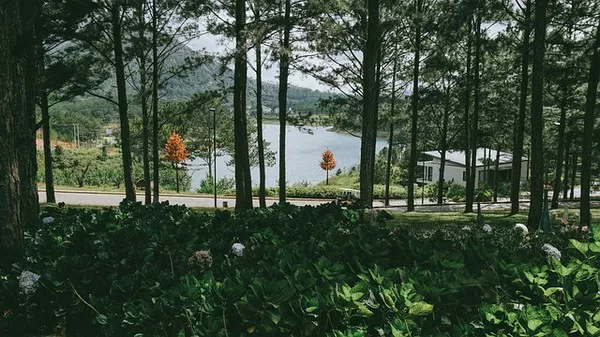A recent study conducted by researchers at Northern Arizona University has unraveled the remarkable ability of coast redwoods to rebound from severe fires, providing a beacon of hope in a landscape increasingly scarred by devastating blazes. The findings, published in Nature Plants, shed light on the recovery process of redwoods in the aftermath of the CZU Lightning Complex Fire, a catastrophic event that swept through Big Basin State Park in California in August 2020, impacting redwoods that had stood for over 1,500 years.
Led by experts from NAU’s Center for Ecosystem Science and Society (Ecoss) and the School of Informatics, Computing, and Cyber Systems (SICCS), the study challenged initial observations that suggested widespread tree mortality. Contrary to appearances, many redwoods were not dead but exhibited a remarkable ability to regenerate. The key to this resilience lies in the massive carbon reserves stored within these ancient giants.
Redwoods, it turns out, harbor significant carbon reserves, a vital resource that fuels the growth of new leaves. The researchers discovered that these leaves sprouted from dormant buds buried for centuries, initiating a process crucial for the forest’s rejuvenation.
George Koch, a professor in Ecoss and co-author of the study, noted, “It remains to be determined if redwood’s old reserves and ancient cell lines are an exception in the plant kingdom or an exceptional example of an insurance strategy common to long-lived plants.”
Unlike most models that focus on short-term carbon storage, the study delved into how long reserves could be conserved, especially in ancient trees. By inhibiting photosynthesis and using radiocarbon dating, the researchers determined that carbon reserves in some trees were likely several decades, if not a century, old.
Drew Peltier, lead author and assistant research professor in SICCS, highlighted the significance of the findings, stating, “As far as we know, these are some of the oldest carbon reserves ever measured.” The study revealed that sugars photosynthesized a century ago played a role in growing new leaves in 2021, showcasing the extraordinary longevity of the redwoods’ carbon reserves.
Regents’ Professor Andrew Richardson, a co-author on the paper, emphasized the excitement of utilizing atomic-level measurements to understand the growth strategy of these colossal trees, among the largest living organisms on Earth.
While the study provides a hopeful narrative of redwoods’ resiliency, it also acknowledges the harsh reality that many trees, including redwoods, did not survive the CZU Lightning Complex Fire. The road to full recovery for the forest ecosystem at Big Basin is projected to span centuries. Nevertheless, the study opens avenues for further exploration into the unique adaptive strategies of ancient trees, offering insights that may extend beyond the realm of coast redwoods to other long-lived species.


